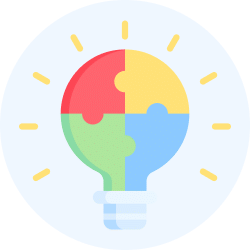Class 9 Economics Chapter 3 Extra Question Answers - Poverty as a Challenge
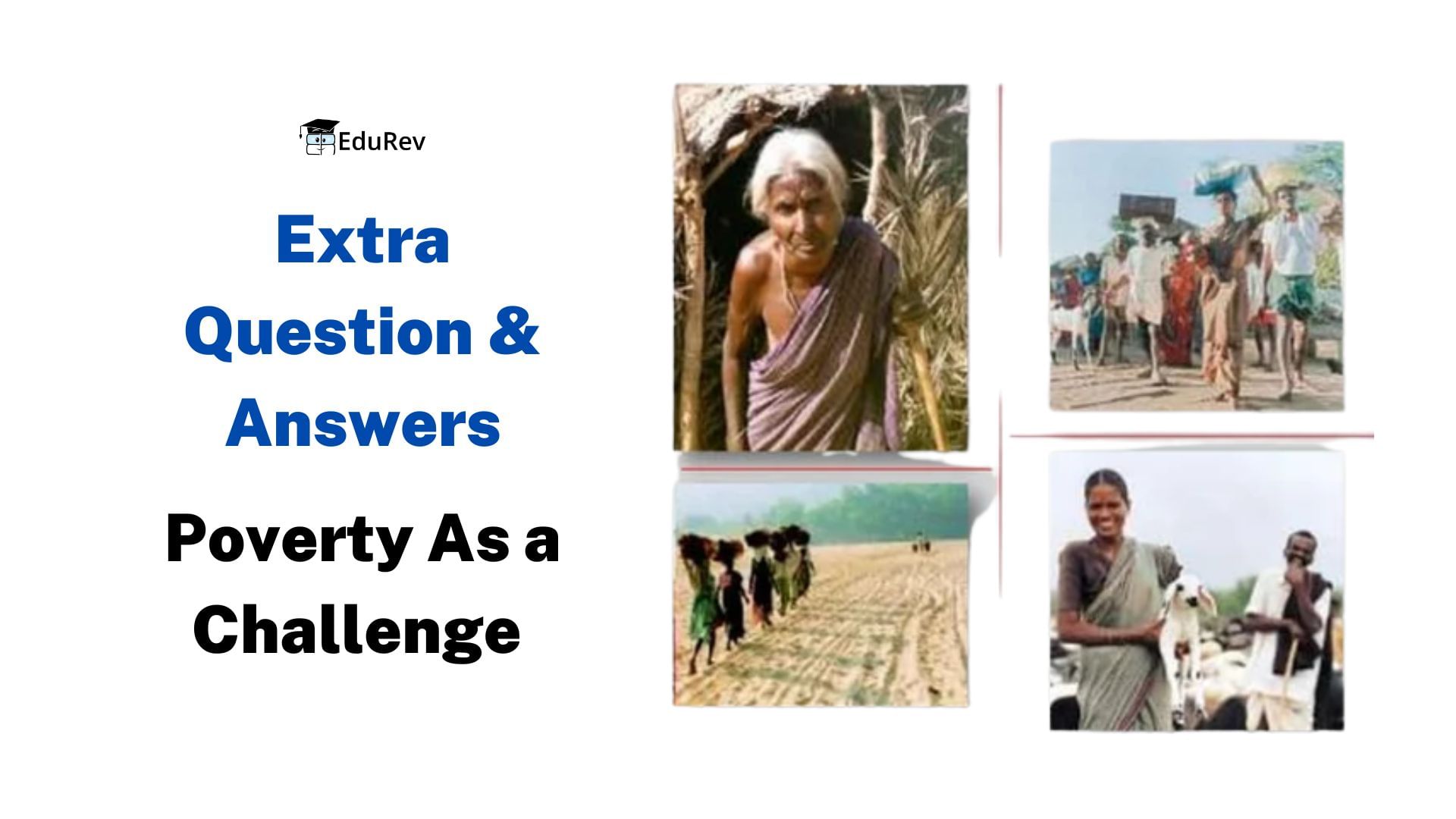
1) What kind of people in India are considered poor?
Answer: In India, people who are considered poor can belong to various social and economic backgrounds.
- They may include landless laborers in rural areas, individuals living in overcrowded slums or informal settlements in urban areas, daily wage earners at construction sites, child laborers in informal sectors, and beggars with families struggling to make ends meet.
- Poverty in India is characterized by factors such as low income, lack of access to basic necessities like food, shelter, and healthcare, as well as limited opportunities for education and employment.
2) Has India the largest single concentration of the poor in the world?
Answer: Every fifth person inIndia is poor. This means, roughly 270 million (or 27 crore) people in India live in poverty . This means that India has the largest single concentration of the poor in the world.
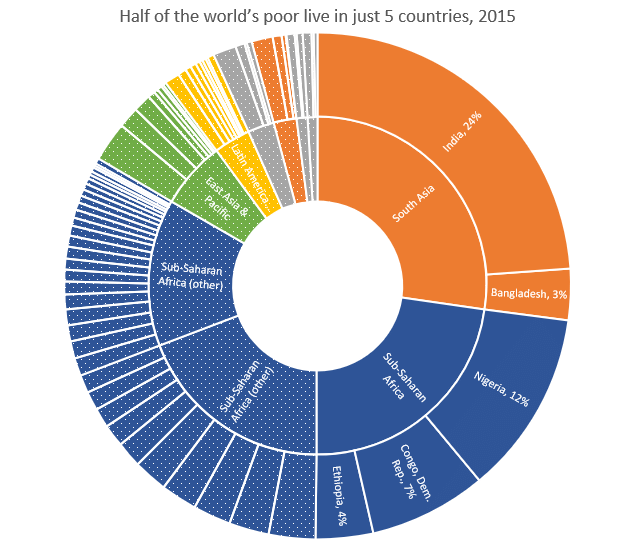
3) What are the dimensions of poverty?
Answer:
The dimensions of poverty encompass various aspects, including:
- Insufficient income and resources: Struggling to meet basic needs like food, clothing, and shelter.
- Limited access to education: Inability to afford or access quality education, hindering personal and professional growth.
- Poor health and lack of healthcare: Difficulty in accessing and affording medical treatment, leading to compromised health and well-being.
- Inadequate housing and living conditions: Unsanitary surroundings and overcrowded homes, impacting physical and mental health.
- Unemployment and underemployment: Lack of stable, well-paying jobs that provide financial security and social benefits.
- Social exclusion and discrimination: Marginalization from mainstream society due to social, economic, or cultural factors, perpetuating poverty.
- Disempowerment and helplessness: The persistent feeling of being unable to break free from the cycle of poverty and improve one's situation.
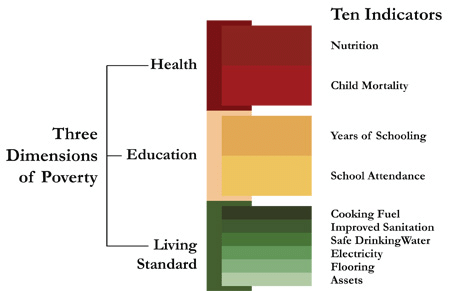
4) What is one of the biggest challenges of independent India?
Answer: One of the most significant challenges faced by independent India has been the alleviation of extreme poverty among millions of its citizens. Mahatma Gandhi firmly believed that India's true independence would only be achieved when its most impoverished individuals are liberated from the hardships of human suffering.
5) What are the social indicators of poverty as seen by social scientists?
Answer: Some social indicators of poverty as observed by social scientists include:
- High illiteracy rates
- Widespread malnutrition
- Limited access to healthcare services
- Inadequate job opportunities
- Restricted access to basic amenities (e.g., safe drinking water and proper sanitation)
- High crime rates
- Homelessness
- Social exclusion
- Inequality in the distribution of resources
6) What is the concept of social reclusion?
Answer: The concept of social reclusion refers to the isolation and exclusion of individuals or groups, particularly the poor, from participating in and interacting with the rest of society. This concept emphasizes the idea that poverty is not just a lack of financial resources, but also the inability to engage with people from different socio-economic backgrounds and enjoy better surroundings. In this context, social reclusion highlights the barriers faced by the poor in accessing social, cultural, and economic opportunities, leading to a cycle of disadvantage and marginalization.
7) How is social exclusion practised in India?
Answer: Social exclusion in India is primarily practiced through the caste system, which categorizes people into different hierarchical groups based on their birth and ancestry. This system leads to discrimination and segregation, with certain castes being considered superior and others inferior. The lower castes, particularly the Dalits or "untouchables," are often subjected to exclusion from education, job opportunities, and social interactions.
8) What is the vulnerability of poverty?
Answer: The vulnerability of poverty is a metric that assesses the increased likelihood of specific communities or individuals experiencing or continuing to face poverty in the future. This measure helps to identify and understand the factors that contribute to the persistence of poverty and enables policymakers and organizations to target interventions more effectively.
9) How vulnerability to poverty is determined?
Answer: Vulnerability is determined by the options available to different communities for finding an alternative living in terms of assets, education, health and job opportunities.
10) What is the 'poverty line'?
Answer: The poverty line is a threshold used to define the minimum level of income necessary to meet basic needs such as food, shelter, clothing, and healthcare. It serves as a benchmark for determining the extent of poverty in a society, helping to identify those who are living in impoverished conditions and require assistance or support.
11) When is a person considered poor?
Answer: A person is considered poor when their income or consumption level falls below a specific threshold, known as the poverty line, which is defined as the minimum level necessary to fulfill basic needs.
12) How does a country measure its poverty?
Answer: A country measures its poverty by establishing a poverty line, which represents the minimum income or resources necessary to meet basic needs and maintain an acceptable standard of living. This poverty line varies depending on a country's level of development and cultural norms.
For example, not owning a car may be seen as an indicator of poverty in the United States, while in India, car ownership is still considered a luxury. By comparing individuals' or households' incomes or resources to the established poverty line, a country can determine the proportion of its population living in poverty.
13) How is the poverty line determined in India?
Answer: A minimum level of food requirement, clothing, footwear, fuel and light, educational and medical requirement etc. are determined for subsistence. These physical quantities are multiplied by their prices in rupees.
14) How is the food requirement estimated in the poverty line?
Answer: The present formula for food requirement while estimating the poverty line is based on the desired calorie requirement; food items such as cereals, pulses, vegetables, milk, oil, sugar, etc. together provide these needed calories.
15) What is the accepted average calorie requirement in India?
Answer: The accepted average calorie requirement in India is 2,400 calories per person per day in rural areas and 2,100 calories per person per day in urban areas.
16) Why is the calorie requirement of rural areas more than that in urban areas?
Answer: Since people living in rural areas engage themselves in more physical work, calorie requirements in rural areas are considered to be higher than in urban areas.
17) How much amount is needed to fulfil the minimum calorie requirement in rural and urban areas?
Answer: On the basis of these calculations, for the year 2000, the poverty line for a person was fixed at `328 per month for the rural areas and ` 54 for the urban areas.
18) How is the poverty line estimated periodically?
Answer: The poverty line is estimated periodically (normally every 5 year) by conducting sample surveys. These surveys are carried out by the National Sample Survey Office (NSSO).
19) Which social groups are most vulnerable to poverty?
Answer: The social groups most vulnerable to poverty are scheduled castes and scheduled tribes.
20) Among the economic groups which are most vulnerable to poverty?
Answer: Among the economic groups the most vulnerable to poverty are the rural agricultural households and the urban casual labor households.
21) How are women, children and old people the poorest of the poor?
Answer: Women, elderly people and female infants are systematically denied equal access to resources available to the family. Therefore, they are the poorest of the poor.
22) Which states of India are the poorest?
Answer: Odisha and Bihar continue to be the two poorest states with poverty ratios of 47 and 43 per cent respectively.
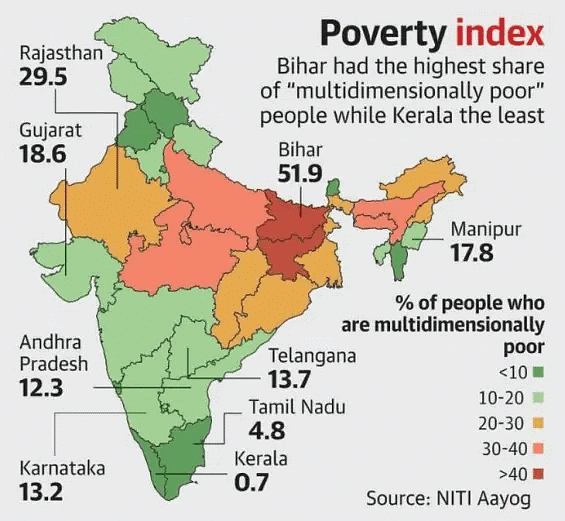 Poverty Index
Poverty Index
23) Which states of India have seen a significant decline in poverty?
Answer: There has been a significant decline in poverty in Kerala, Jammu and Kashmir, Andhra Pradesh, Tamil Nadu, Gujarat and West Bengal.
24) How have Kerala and West Bengal reduced their poverty?
Answer: Kerala has focused more on human resource development. While, in West Bengal land reform measures have helped in reducing poverty.
25) How has poverty reduced in Andhra Pradesh and Tamil Nadu?
Answer: Poverty reduction in Andhra Pradesh and Tamil Nadu can be attributed to the effective public distribution of food grains, which has played a significant role in improving the living conditions for the economically disadvantaged population.
26) How are China and South-Eastern Asian Countries able to control poverty?
Answer: Poverty declined substantially in China and South-East Asian countries as a result of rapid economic growth and massive investments in human resource development.
27) What is the historical cause of poverty in India?
Answer: It is the low level of economic development under the British Colonial administration. The policies of the colonial government ruined traditional handicrafts and discouraged the development of industries like textiles. This resulted in less job opportunities and a low growth rate of incomes. This was accompanied by a high growth rate of the population.
28) How did unemployment lead to poverty?
Answer: Unemployment led to poverty as many individuals struggled to find stable and well-paying jobs in urban areas. Consequently, they resorted to working in informal sectors such as rickshaw pulling, street vending, construction, and domestic service. These jobs often provided inconsistent and low incomes, making it difficult for people to afford adequate housing and maintain a decent standard of living. As a result, they began residing in slums and experienced impoverished living conditions.
29) What are the causes of huge income inequalities in rural areas?
Answer: One of the major reasons for this is the unequal distribution of land and other resources. Major policy initiatives like land reforms, which aimed at the redistribution of assets in rural areas, have not been implemented properly, leading to poverty in India.
30) What are the socio-cultural and economic factors responsible for poverty?
Answer: In order to fulfil social obligations and observe religious ceremonies, people spend a lot of money. Since poor people hardly have any saving, they borrow. Unable to repay because of poverty they become victims of indebtedness, an important cause of poverty.
31) Which are the two planks on which the anti-poverty strategy of the government is based?
Answer:
The anti-poverty strategy of the government is based on two main planks:
(i) Promotion of economic growth.
(ii) Targeted anti-poverty programmes.
32) How is economic growth linked with poverty reduction in India?
Answer: Economic growth widens opportunities and provides the resources needed to invest in human development. This also encourages people to send their children, including the girl child, to schools in the hope of getting better economic returns from investing in education.
33) What is the full form of MGNREGA?
Answer:MGNREGA is the Mahatma Gandhi National Rural Employment Guarantee Act of 2005
34) What are the conditions of MGNREGA?
Answer: Conditions of MNEREGA are :
- The Act provides 100 days of assured employment every year to every rural household in 200 districts.
- Under the programme, if an applicant is not provided employment within 15 days, he/she will be entitled to a daily unemployment allowance.
35) What was the National Food for Work Programme?
Answer: The National Food for Work Programme was an initiative launched in 2004, targeting the 150 most underdeveloped districts in India. This centrally sponsored scheme aimed to provide food grains to the states at no cost, offering them to impoverished individuals in need of wage employment and willing to perform manual unskilled labor.
36) What does PMRY stand for?
Answer: It stands for Prime Minister Rozgar Yojana, started in 1993. The aim of the programme is to create self-employment opportunities for educated unemployed youth in rural areas and small towns.
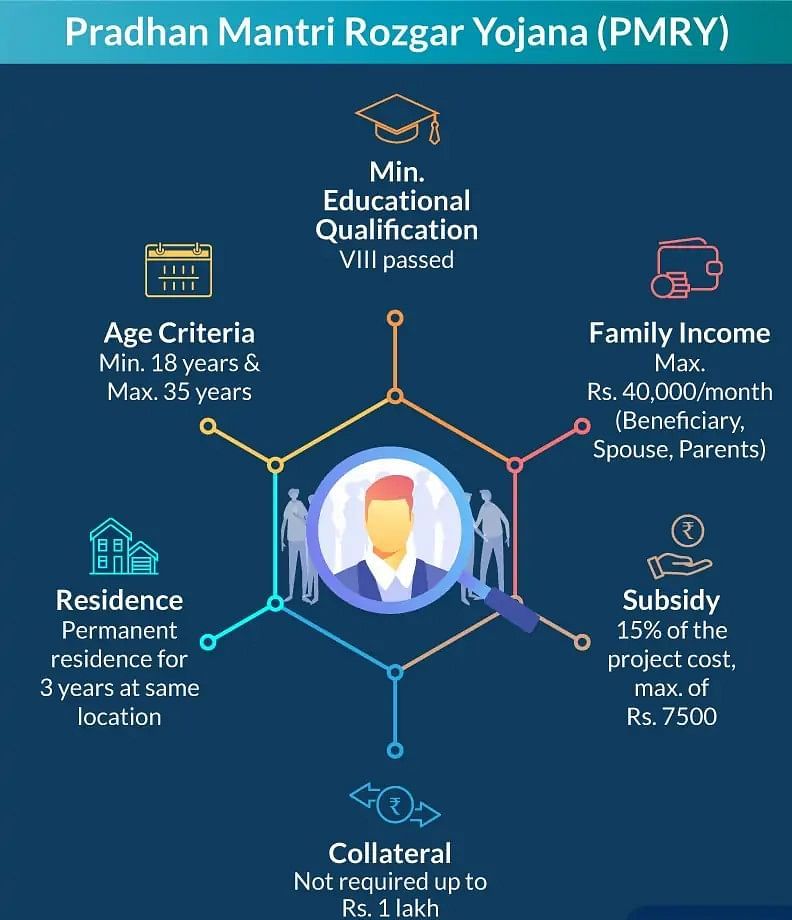 Prime Minister Rozgar Yojana
Prime Minister Rozgar Yojana
37) What is Rural Employment Generation Programme?
Answer: Established in 1995, the Rural Employment Generation Programme aims to generate self-employment opportunities in rural areas and small towns by promoting various income-generating activities, thereby fostering economic growth and sustainable development.
38) What were the targets of SGSY?
Answer: The Swarnajayanti Gram Swarozgar Yojana was launched in 1999. It aims at bringing up the assisted poor families above the poverty line by organizing them into self-help groups through a mix of bank credit and government subsidy.
39) What was PMGY?
Answer: It was Pradhan Mantri Gramodaya Yojna launched in 2000. Accordingly, additional central assistance is given to the states for basic services such as primary health, primary education, rural shelter, rural drinking water and rural electrification.
40) What is India's most compelling challenge?
Answer: India's most compelling challenge remains poverty reduction. Wide disparities in poverty are visible between rural and urban areas and among different states.
41) What are the bigger challenges before India?
Answer: Providing health care, education and job security for all and achieving gender equality and dignity for the poor are the bigger challenges before India. .
42) What does 'social exclusion' mean?
Answer:
- According to this concept, poverty must be seen in terms of the poor having to live only in a poor surrounding with other poor people, and excluded from enjoying social equality with better-off people in a better surrounding.
- Social exclusion can be both a cause as well as a consequence of poverty in the rural sense.
- It is a process through which individuals or groups are excluded from facilities, benefits and opportunities that others enjoy. An example is the prevalence of the caste system in India in which people belonging to certain castes are excluded from equal opportunities.
43) How is vulnerability to poverty measured?
Answer:
- Vulnerability to poverty is a measure that describes the greater probability of certain communities or individuals becoming or remaining poor in the coming years.
- Vulnerability is determined by the options available to different communities for finding an alternative living in terms of assets, education, health and job opportunities.
- Vulnerability describes the greater probability of being more adversely affected than other people when bad times prevails for everybody, whether a flood or an earthquake or simply a shortage in the availability of jobs.
44) What is the trend of poverty estimates since 1973? Or Describe poverty trends in India since 1973.
Answer:
- There was a substantial decline in poverty ratios in India from about 55 per cent in 1973 to 36 per cent in 1993.
- The proportion of people below the poverty line further came down to less than 20 per cent in the next few years.
- Although the percentage of people living under poverty declined, the number of poor remained stable at around 320 million for a long time. The latest estimates indicate a significant reduction in the number of poor to about 260 million.
45) How do income inequalities exist within a family?
Answer:
- In poor families all suffer, but some suffer more than others.
- Women, elderly people and female infants are systematically denied equal access to resources available to the family.
- Therefore, women, children and old people are the poorest of the poor.
46) Which states are most vulnerable to poverty in India?
Answer:
- The proportion of poor people is not the same in every state.
- Poverty is still existing in Orissa, Bihar, Assam, Tripura and Uttar Pradesh.
- Bihar and Orissa continue to be the two poorest states with poverty ratios of 47 and 43 per cent, respectively. Along with rural poverty, urban poverty also exists in these states.
47) Which states report a significant decline in poverty?
Answer:
- There is a significant decline in poverty in Kerala, Jammu and Kashmir, Andhra Pradesh, Tamil Nadu, Gujarat and West Bengal.
- States like Punjab and Haryana have traditionally succeeded in reducing poverty with the help of high agricultural growth rates.
- Kerala has focused on human resource development.
- In West Bengal, land reform measures have helped in reducing poverty.
- In Andhra Pradesh and Tamil Nadu, public distribution of food grains could have been the cause for the decline in poverty.
48) What are the major reasons for the less effectiveness of poverty alleviation programmes?
Answer:
- It is due to a lack of proper implementation and right targeting.
- There also has been a lot of overlapping schemes.
- Despite good intentions, the benefits of these schemes have not fully reached the poor.
49) What challenges are ahead of India with respect to poverty alleviation?
Answer:
- Wide disparities in poverty are visible between rural are urban areas and among different states.
- Certain social and economic groups are more vulnerable to poverty.
- Poverty reduction is expected to make better progress in the next ten to fifteen years.
50) How is poverty reduction expected to be better?
Answer:
- This would be possible due to higher growth in income.
- Universal free elementary education would make people literate and enable them to earn.
- Increasing empowerment of the women and the economically weaker sections of society.
51) What are the main features of the Mahatma Gandhi National Rural Employment Guarantee Act 2005?
Answer:
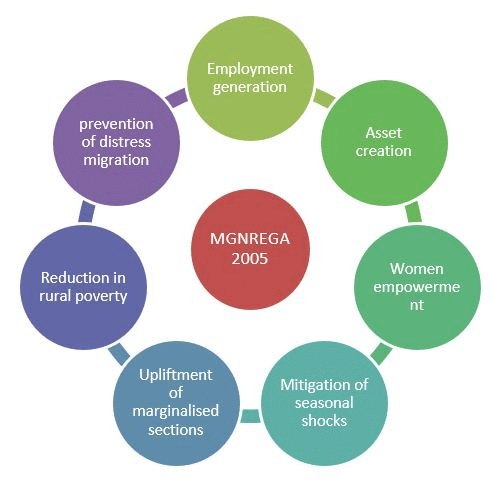
- MGNREGA 2005 was passed in September 2005.
- The act provides 100 days of assured employment every year to every rural household in 200 districts.
- Later, the scheme will be extended to 600 districts. One-third of the jobs could be reserved for women. If the government failed to provide employment, the salary for 100 days would be given.
|
55 videos|525 docs|78 tests
|
FAQs on Class 9 Economics Chapter 3 Extra Question Answers - Poverty as a Challenge
| 1. What is poverty? |  |
| 2. How is poverty measured? |  |
| 3. What are the causes of poverty? |  |
| 4. How does poverty affect education? |  |
| 5. What are some strategies to reduce poverty? |  |




